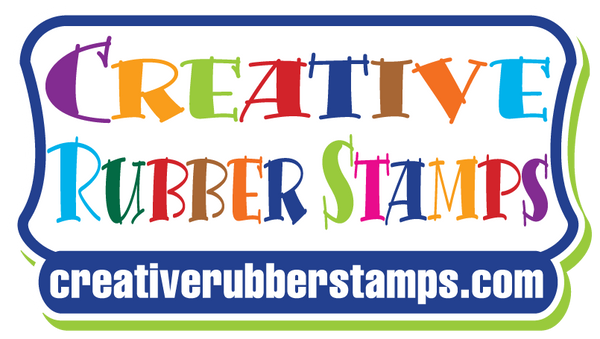In the realm of business and financial transactions, efficiency and security are paramount. While digital solutions have transformed many aspects of record-keeping, the humble check remains a staple for numerous organizations. For those dealing with a high volume of checks, the repetitive task of signing each one manually can be both time-consuming and prone to errors. This is where Signature Stamps For Checks step in, offering a practical and reliable solution.

The Functionality and Benefits of Signature Stamps
A signature stamp, also known as a facsimile signature stamp, is a custom-made tool that replicates an authorized individual's signature. It's crafted from a durable material, typically rubber or polymer, and mounted on a self-inking or traditional stamp mechanism. When pressed onto a check, it leaves a clear and consistent imprint of the signature, effectively validating the document.
The advantages of utilizing signature stamps for checks are numerous:
- Time Efficiency: The most significant benefit is the substantial time savings. Instead of manually signing each check, a single press of the stamp completes the task in seconds. This is particularly valuable for businesses issuing numerous checks daily or weekly.
- Consistency: A signature stamp ensures a uniform and legible signature on every check. This eliminates variations that can occur with manual signatures, reducing the risk of discrepancies or disputes.
- Accuracy: Manual signatures can be prone to errors, especially when dealing with fatigue or distractions. A signature stamp provides a precise and reliable reproduction of the authorized signature, minimizing the chances of mistakes.
- Security: While some may perceive signature stamps as a security risk, they can actually enhance security when implemented with appropriate controls. Access to the stamp should be restricted to authorized personnel, and secure storage is essential.
- Accessibility: For individuals with physical limitations that make manual signing difficult, a signature stamp provides a convenient and accessible alternative.
Implementing Signature Stamps Responsibly
To maximize the benefits and mitigate the risks associated with signature stamps, businesses must adhere to strict protocols:
- Authorization and Approval: The use of a signature stamp should be formally authorized by the organization's governing body or financial department. A record of the authorization should be maintained.
- Secure Storage: The stamp must be stored in a secure location, accessible only to authorized personnel. This may involve locked drawers, safes, or other secure storage systems.
- Restricted Access: Access to the stamp should be limited to a select few individuals who have been specifically authorized to use it.
- Regular Audits: Periodic audits should be conducted to ensure that the stamp is being used appropriately and that security protocols are being followed.
- Ink Control: Self-inking stamps, or the ink pads used for traditional stamps, should be kept in a secure location, and the ink should be of a quality that is difficult to replicate.
- Voiding and Destruction: When a signature stamp is no longer needed or the authorized individual's signature changes, the stamp should be voided and destroyed in a secure manner.

